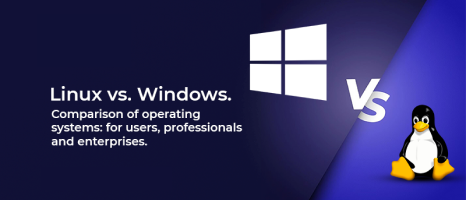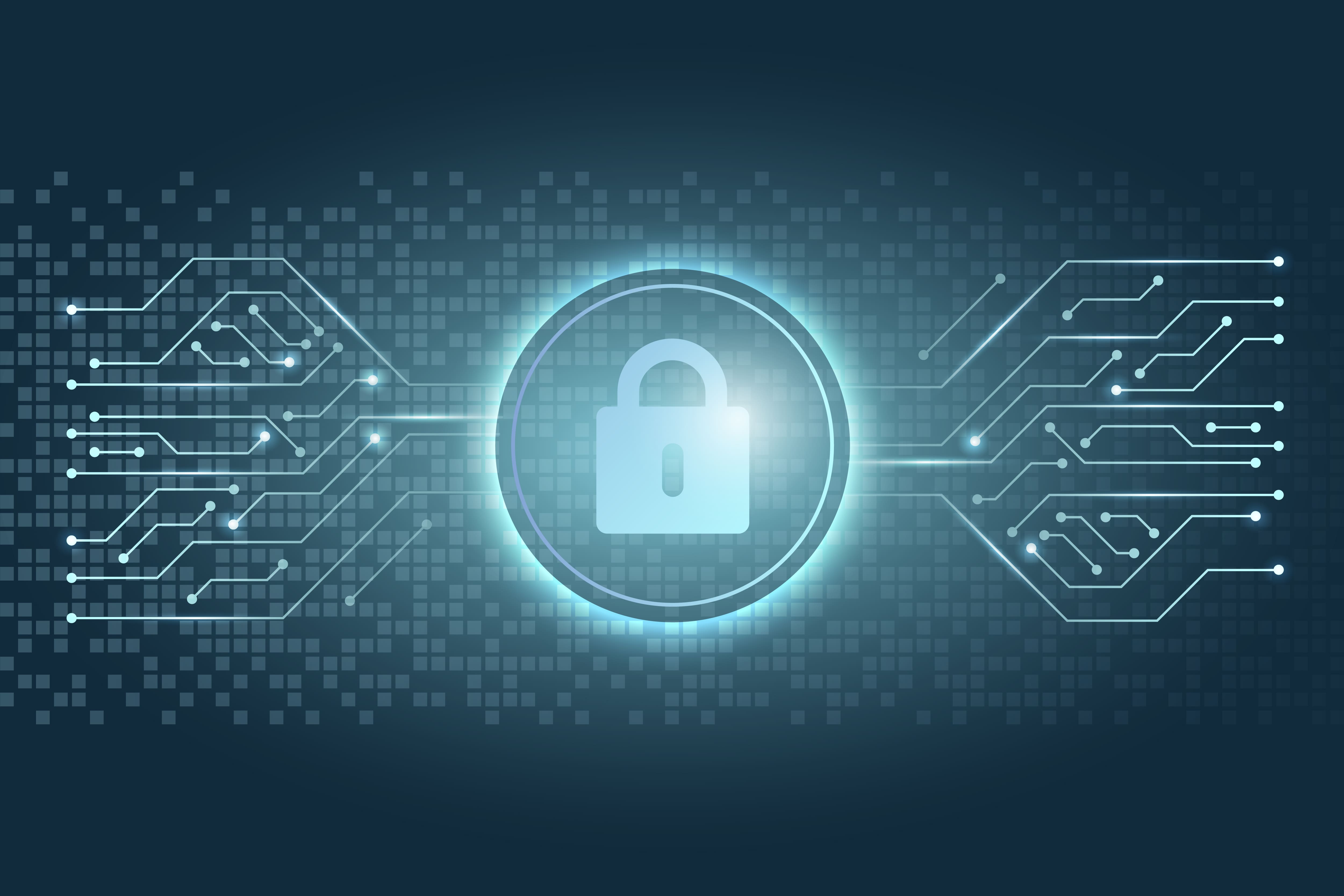Linux:
- Open Source: Linux is the poster child for open-source software. Its development relies on collaboration, sharing, and community-driven contributions.
- Variety: There are numerous Linux distributions (distros), each catering to different needs. Examples include Ubuntu, Fedora, and CentOS.
- Freedom: Users can modify, distribute, and even create their own distros without any licensing fees.
Windows:
- Proprietary: Windows is a proprietary OS developed and marketed by Microsoft.
- Compatibility: Most commercial software is designed for Windows.
- Uniformity: Windows provides a consistent experience across devices, making it familiar to millions of users worldwide.





